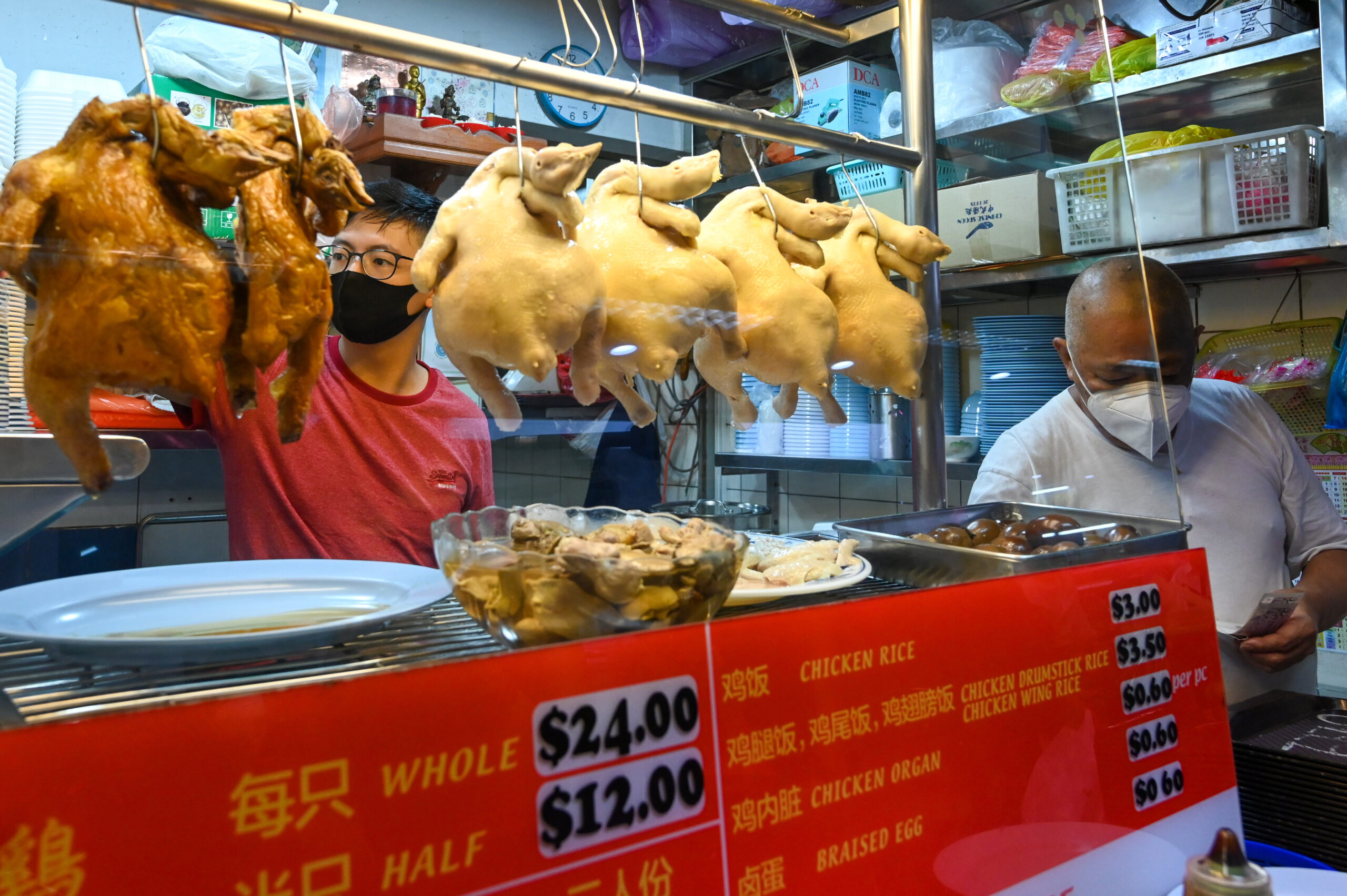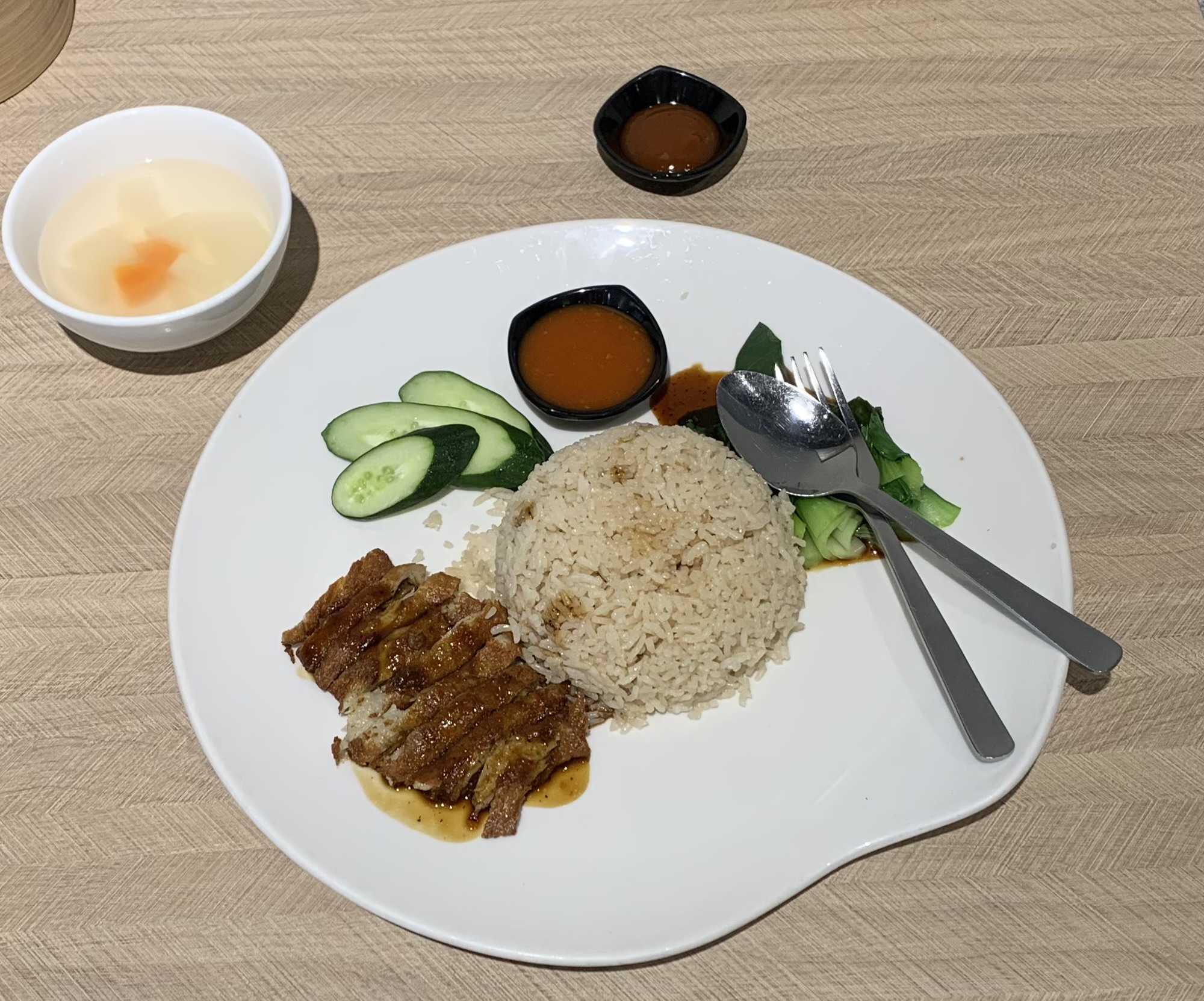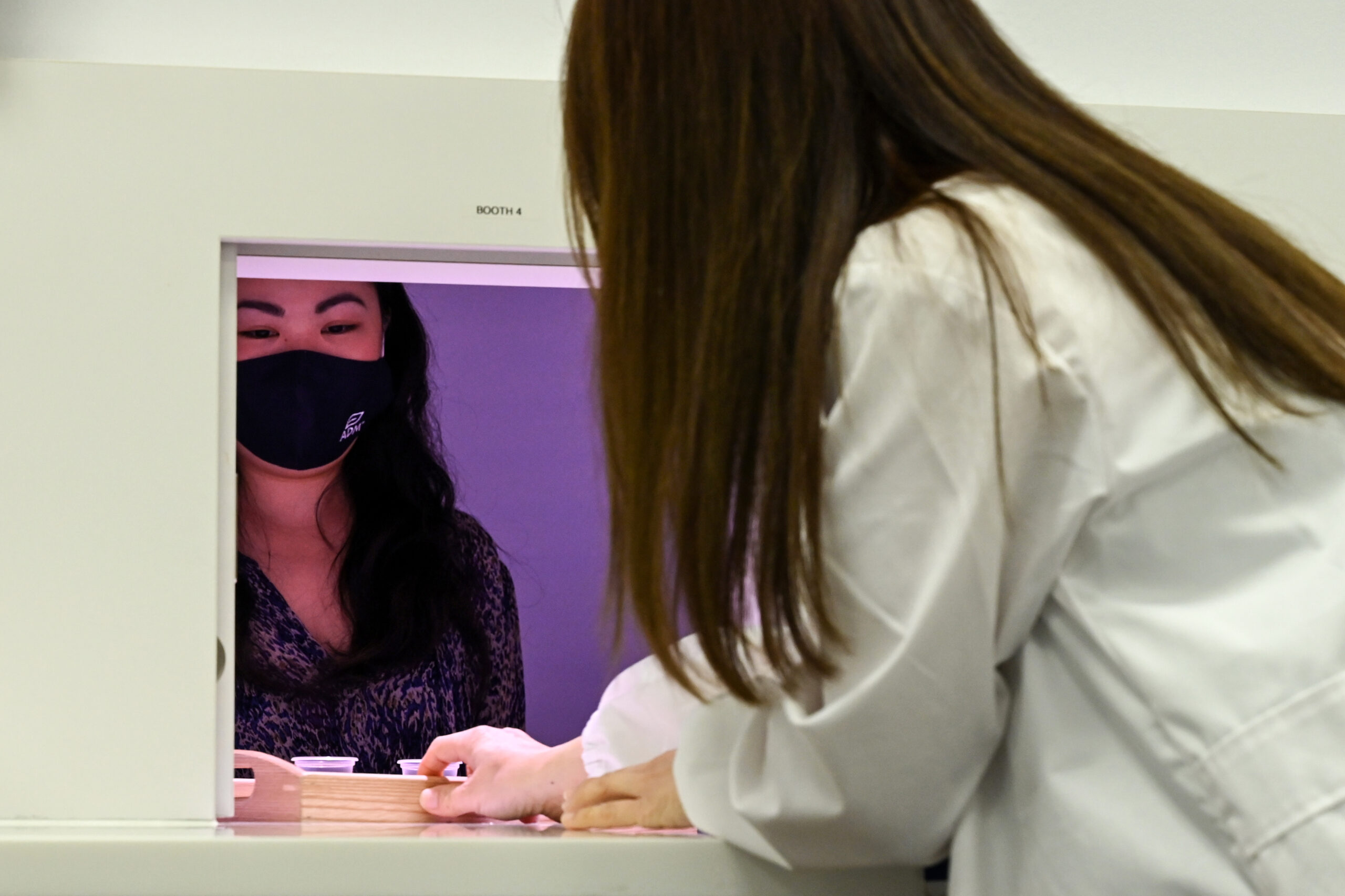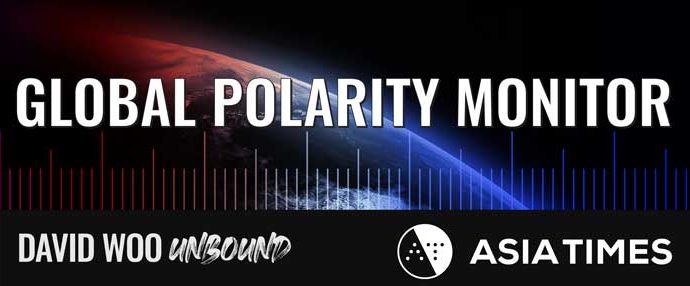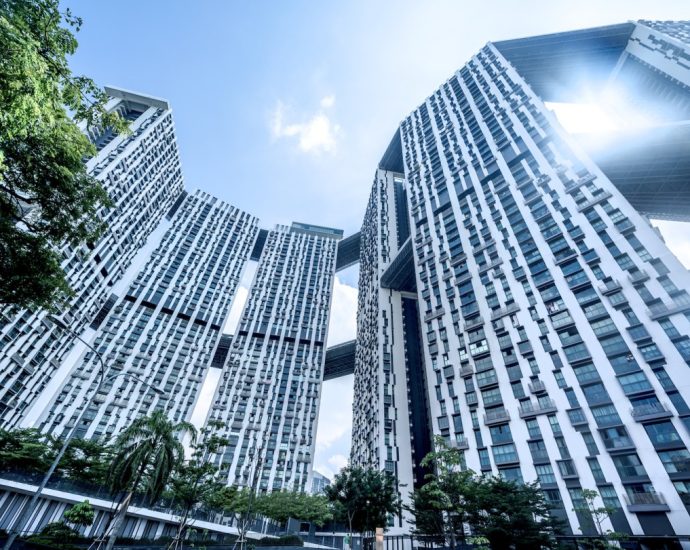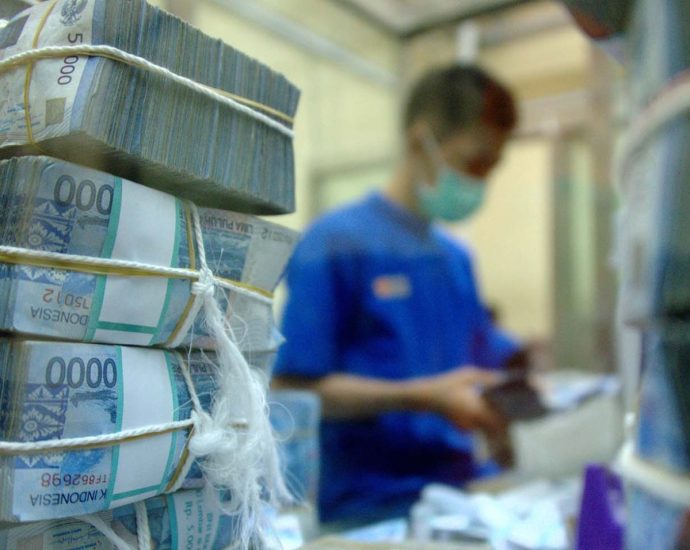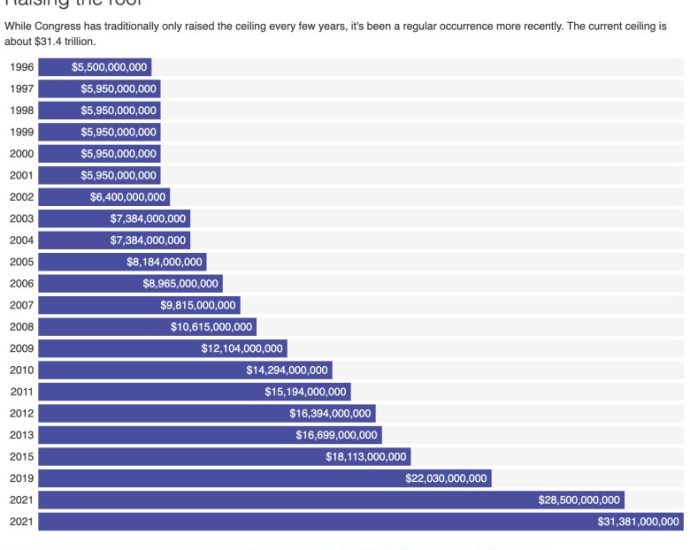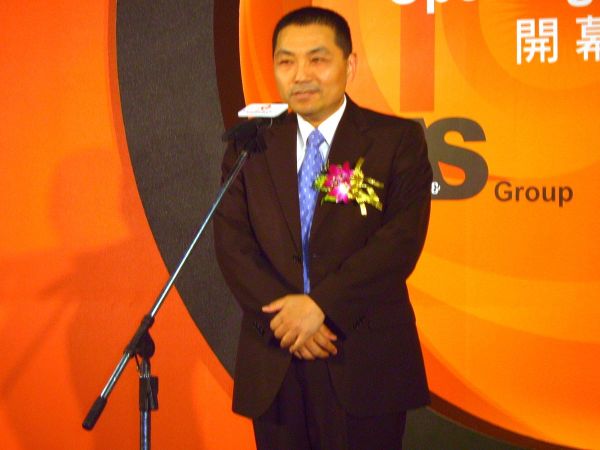China mulls market rescue as tears of regret flow – Asia Times
After falling 12.2% this year, Hong Kong’s stocks rebounded 2.63% on Tuesday on news that Beijing may mobilize about 2 trillion yuan (US$278 billion) through offshore entities to support beaten-down Chinese stocks.
The Hang Seng Index, the benchmark of Hong Kong markets, increased 392 points to close at 15,353 on Tuesday. But it is still down 32% from 22,566 a year earlier – and sob stories are plentiful and heart-rending.
For comparison, Japan’s Nikkei 225 from the end of last year grew 9.7% to 36,517 on Tuesday. It has risen 33.8% over the last one year. The Taiwan Weighted Index has eased 0.3% to 17,874 this year but it has gained 19.7% over the past year.
The Dow Jones Index closed at 38,001 on Monday, up 13% from a year ago, while the S&P 500 gained 22.7% to 4,850.
The rebound in Hong Kong stocks came after Bloomberg reported that Chinese authorities are considering a rescue package backed by offshore money to boost sentiment in the H-share markets.
The report also said Beijing has already put aside 300 billion yuan of local funds that would be used to invest in A-shares.
Some analysts said Hong Kong stocks’ decline in recent weeks came partly because investors were disappointed by a potential delay of the rate cuts in the United States. They said Hong Kong shares were also dragged down by a slower-than-expected recovery of China’s consumption markets.
Linus Yip, chief strategist at First Shanghai Securities, told mainland media that there will be support for the Hang Seng Index at about 14,600 points within the short run, but the future trend of Hong Kong stocks will depend on the Chinese economy and people’s consuming power.
Kenny Wan, head of investment strategy at KGI Asia, said the Hang Seng Index was affected by different factors, including the US interest rates and geopolitics. He said many investors have adopted a wait-and-see approach and hoped that Beijing would unveil some supportive measures.
Meanwhile, some veteran investors blamed Chinese policy makers’ inconsistency in fighting against deflation.
Sob story #1: big mistake
Chua Soon Hock, founder and chief investment officer of Singapore-based Asia Genesis Asset Management, said Tuesday that his firm decided to close its Asia Genesis Macro Fund and return money to clients.
The fund, launched in 2020, declined 18.8% in the first few weeks of January, Chua said in a letter to investors seen by Reuters.
He admitted that he had made a big mistake by increasing long positions in Hong Kong and China and short ones in Japan. He said he thought that China would outperform Japan this year after being sold off for the past three years while Japan would correct after a 30% gain in 2023.
“I still do not understand the inconsistency of China policymakers’ not fighting against deflation, leading to continued loss of market confidence and prolonged bear market,” he wrote in the letter.
“I have lost my knowledge, trading and psychological edge,” he wrote. “I have reached the stage whereby my confidence as a trader is lost.”
He said his past experience is no longer valid and instead it is working against him.
Chua said in a post on LinkedIn last month that 2024 would be the beginning of a multi-year bull market for Chinese stocks. Investors had anticipated that the People’s Bank of China would cut the rate for medium-term lending facility (MLF) on January 15 but it did not.
Next spring
On January 12, the National Bureau of Statistics said China’s consumer price index (CPI) decreased by 0.3 percent year-on-year in December 2023. The figure has been declining for the third straight month.
State-owned Xinhua News Agency said many foreign media were wrong to jump to the conclusion that China has slid into deflation, and even hyped the possibility of a long-term deflation.
It said the CPI’s low-range performance is mainly a structural issue. It said the core CPI, which strips out volatile food and energy prices, has posted a rather stable year-on-year growth in 2023.
Hu Xijin, a “patriotic” political commentator and the former editor-in-chief of the Global Times, tried to boost people’s confidence in the stock markets by buying A-shares with his own money.
Initially, the newbie injected 100,000 yuan in his investment account last June, and gradually invested the amount to 480,000 yuan.
On Monday, when the Shanghai Composite Index fell 2.7% to 2,754, the lowest since April 2020, Hu said he felt sad that he lost 10,444 yuan in a single day. He said he has so far suffered a loss of 71,024 yuan, or 17.4% of his money.
He said it’s urgent for policy makers to launch supportive measures to boost market sentiment. Last month, when his accumulative loss exceeded 42,000 yuan, he said he still believed the Winter of China’s stock markets will soon pass while the Spring will come.
Prepare for the worst
On Monday, a regular State Council meeting chaired by Chinese Premier Li Qiang said the government will increase the quality and investment value of listed firms and encourage mid-and-long-term capital to enter and stabilize the stock markets.
The call was followed by Bloomberg’s report about the potential launch of a rescue package to support Hong Kong stocks. In fact, Chinese media said some state-owned funds had already entered the A-share markets last week.
However, Lau Kwan-ming, a Hong Kong financial writer, said in an article on January 16 that once US and European stock markets had started to correct from current high levels, the Hang Seng Index likely would drop farther, perhaps to as low as 12,000.
He said investors should prepare for the worst – a market crash similar to the ones seen in the Asian Financial Crisis in 1998 and the Global Financial Crisis in 2008.
In a two-day meeting chaired by Chinese Communist Party General Secretary Xi Jinping on December 11 and 12, the Central Economic Work Conference said the government should direct public opinion to promote the bright side of the Chinese economy.
On December 7, Liu Jipeng, dean of the Capital Finance Institute of China University of Political Science and Law, said he had left his position. His sudden departure came after he’d said in a forum on December 1 that individual investors should avoid entering A-share markets as some outdated listing rules needed to be changed.
Read: Chinese stocks slump after Moody’s outlook cut
Follow Jeff Pao on Twitter at @jeffpao3
Read: Chinese stocks slump after Moody’s outlook cut
Follow Jeff Pao on Twitter at @jeffpao3










